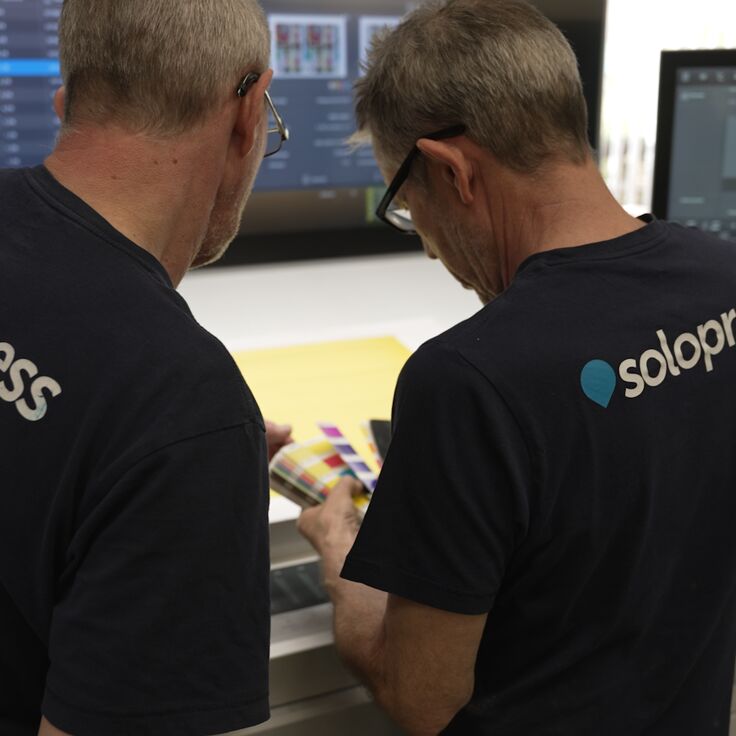As a printer, it’s often easier to use an industry standard. This means you don’t have to reinvent the wheel yourself, but it also makes it easier to explain to your clients why you have certain demands. callas worked with standard organizations since it started, and actively supports and implements industry standards. Here are a few of the standards you find in the different solutions.
Supporting PDF standards
ISO Print Standards
The PDF format itself is ISO standard 32000 and obviously all callas products support PDF 1.x and 2.x. But all ISO standards built on top of PDF that are related to print and publishing are supported as well. There is support for PDF/X, PDF/VT and PDF/VCR (the latter two standards are related to variable data and transactional workflows).
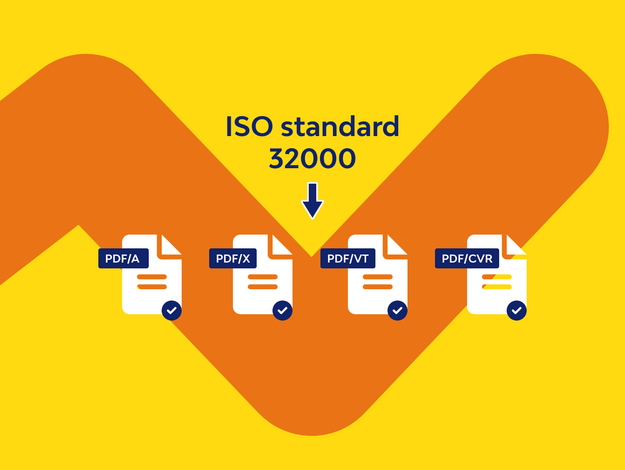
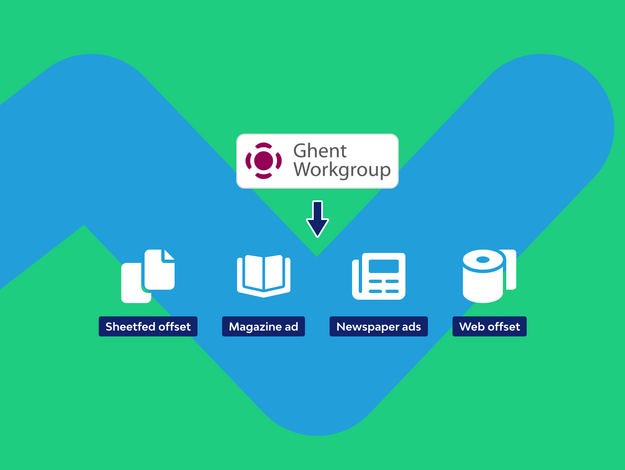
Ghent Workgroup
The Ghent Workgroup creates best practices and standards since 2002; adding additional requirements on top of the PDF/X ISO standard. The callas products support all of the Ghent Workgroup standards, for all of the market segments.
Long-term archival
Sometimes you need to keep PDF documents for a very long time, and must be sure they’ll remain printable, or searchable. ISO created the PDF/A standard for this purpose. The callas solutions – first of all pdfaPilot, but also the pdfToolbox print product – support all versions of the PDF/A standards. They can check against the standard, but also convert PDF files into valid PDF/A documents.
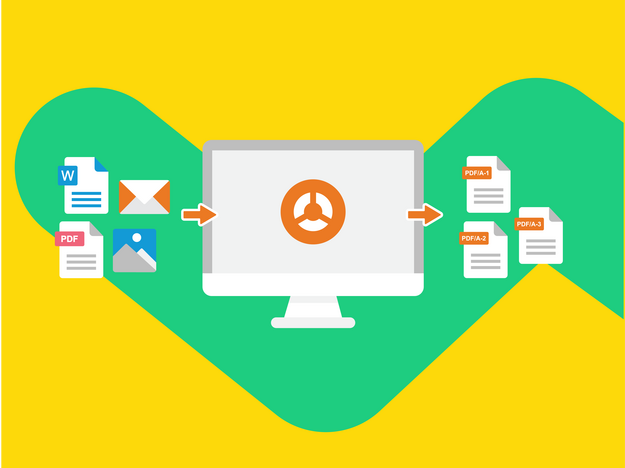
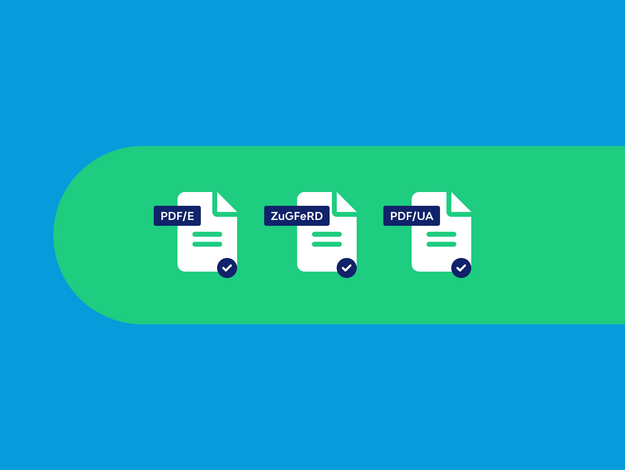
Other standards
Beyond print and archival, there are plenty of other uses for the PDF file format for which standards have been created. The callas products implement support for ISO PDF/UA, which defines what a PDF file must look like in order to be usable for accessibility tools (such as screen readers designed for people who diminished visual capabilities). In a completely different field, callas support the ZuGFeRD standard around electronic archival, which allows creating PDF invoices that can be printed, have embedded XML content for automatic data retrieval and can feature QR codes so they can be scanned.
